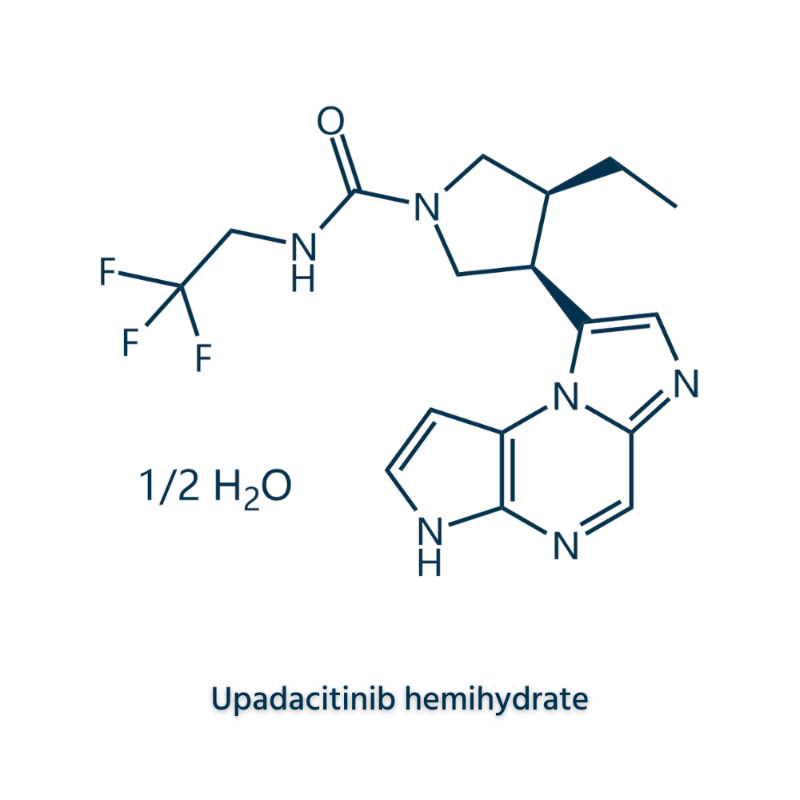-
Categories
-
Pharmaceutical Intermediates
-
Active Pharmaceutical Ingredients
-
Food Additives
- Industrial Coatings
- Agrochemicals
- Dyes and Pigments
- Surfactant
- Flavors and Fragrances
- Chemical Reagents
- Catalyst and Auxiliary
- Natural Products
- Inorganic Chemistry
-
Organic Chemistry
-
Biochemical Engineering
- Analytical Chemistry
-
Cosmetic Ingredient
- Water Treatment Chemical
-
Pharmaceutical Intermediates
Promotion
ECHEMI Mall
Wholesale
Weekly Price
Exhibition
News
-
Trade Service
Saddle conjunctive meningiomas (TSMs) adjacent to the optic nerve, the inner artery (ICA), the front artery of the brain (ACA), the hypothalamus, funnel, and the pituitary gland, and often compress the optic nerve and cause severe visual impairment, even when the size is smallTranscranial (TC) excision is the standard surgical method for saddle conjunctivation meningiomas, most patients have a good prognosis and improved visual function after surgeryWith the development of endoscopy and the passage of the nasal butterfly, there is an argument over whether the pentonomal encephaloblast is removed by cranial or intracranial transsphenoidal (endoscopic transsphenoidal, TS)- Excerpted from the article chapter
(Ref: Magill ST), et alNeurosurg Focus2018 Apr.44 (4): E9doi: 10.3171/2018.1.FOCUS17753.
saddle conjugal meningioma (TSMs) adjacent to the optic nerve, intra-carotid artery (ICA), frontal artery (ACA), hypothalamus, funnel, and celiac, even small size often causes severe visual compressionTranscranial (TC) excision is the standard surgical method for saddle conjunctivation meningiomas, most patients have a good prognosis and improved visual function after surgeryWith the development of endoscopy and the passage of the nasal butterfly, there is an argument over whether the pentonomal encephaloblast is removed by cranial or intracranial transsphenoidal (endoscopic transsphenoidal, TS)Clinically, a simple TSM preoperative grading method is needed to help doctors choose the best surgical methodStephen TMagill of the University of California, San Francisco (UCSF) Neurosurgery, and others summarized the results of saddle conjunctivinoma surgery at two medical centers and presented a concise TSM preoperative scale, published in the April 2018 issue of The Journal of Neurosurg Focusthe study included patients who were 18 years old between 1997 and 2016 and underwent TSM excision at UCSF; TC includes the entry of the road, the sto-in- into the road, the under-the-scale into the road, the expansion of the double-volume entry or the inter-hemispheric into the roadThe TS method, most of which is under the endoscope, reconstructs the base of the skull using an enlarged nasal butterfly into the path combined with the nasal valveRecord visual function, degree of excision (EOR), complications, tumor recurrence, and tumor grading scale scores The authors and radiologists divided EOR into subtotal excision (STR; 95%), near total excision (NTR; 95% to 99%) and full excision (GTR) according to postoperative imaging and surgical reports Michael W McDermott established the TSM Grading Scale based on TSM surgical experience and anatomical literature (Figure 1) This classification combines three important tumor characteristics associated with the difficulty of removal: tumor size, invasive optic nerve tube, and arterial wrap Tumor size score: tumor diameter of 17mm, 1 point; Aggressive optic nerve tube grading score: tumor invasion of 1 optic nerve tube, 3 mm, for 0 points; Arterial package score: tumor does not touch or only adjacent to the inside wall of the ICA or the front wall of the ACA, is 0 points; Figure 1 A hierarchical diagram of the saddle conjunctivation of meningioma included a total of 139 Patients with TSM excision Of these, 95 cases (68%) were in TC group and 44 (32%) in TS group The median follow-up time after surgery was 29 months Comparing the TSM scale score with the TSM scale in the TC group and the TS group, it was found that there were significant differences in tumor size score (p-0.0007), arterial package score (p 0.0001) and total score (p-0.0012) Eighty-seven percent of patients had preoperative vision impairment, 47 percent of patients had improved vision function, 35 percent had unchanged vision, 10 percent were down, and 8 percent did not record vision The rate of total tumor removal accounted for 65%, near total excision rate accounted for 23% and the rate of secondary total excision 12% The low tumor grade scale score was significantly related to good postoperative prognosis or improved vision or stability (p-0.0052), indicating that low tumor grade scale score was an important predictor of improved or stable vision after surgery (Table 1) Table 1 Single-factor analysis of the prognosis of TSM excision bold characters indicate significant differences
multifactor analysis and recursive zoning analysis show that low neural tube inviolability scores (p0.0001) and TC groups (p-0.0019) are associated with total excision (Table 2) Table 2 Multi-factor analysis of TSM excision prognosis 20 cases (14%) of patients with complications, including cerebrospinal fluid leakage (5%) and infection (4%) There was no difference in the overall complication incidence in TC and TS groups, but the incidence of CSF leakage in the TS group was higher than that in the TC group (OR?5.96; 95% CI, 1.10-32.04) The recurrence rate of tumors was 10%, and there was no difference between the TC and TS groups authors believe that this concise tumor grading scale provides a standard for preoperative evaluation of TSM and can be used as a basis for TC or TS surgical selection Regardless of the entry path, the higher tumor grading scale score was associated with decreased visual function and subtotal excision The authors suggest that multi-center clinical institutions evaluate and improve the scale.







